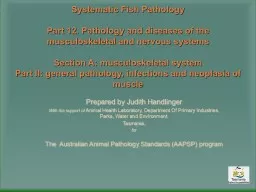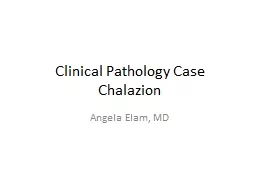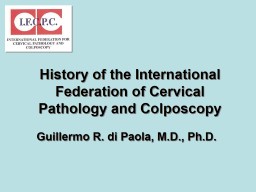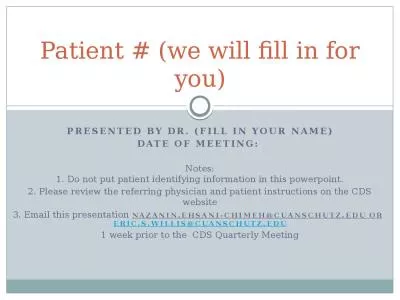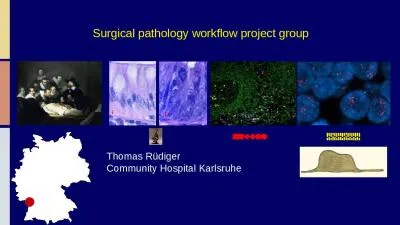PPT-Practical Clinical Pathology
Author : deborah | Published Date : 2022-02-10
In House Lab Tests Wendy Blount DVM Emergency Quick Assessment Immediate PCVTP glucose BUN Get samples to run later Blood 810cc EDTA tube 23cc Lithium heparin
Presentation Embed Code
Download Presentation
Download Presentation The PPT/PDF document "Practical Clinical Pathology" is the property of its rightful owner. Permission is granted to download and print the materials on this website for personal, non-commercial use only, and to display it on your personal computer provided you do not modify the materials and that you retain all copyright notices contained in the materials. By downloading content from our website, you accept the terms of this agreement.
Practical Clinical Pathology: Transcript
Download Rules Of Document
"Practical Clinical Pathology"The content belongs to its owner. You may download and print it for personal use, without modification, and keep all copyright notices. By downloading, you agree to these terms.
Related Documents







